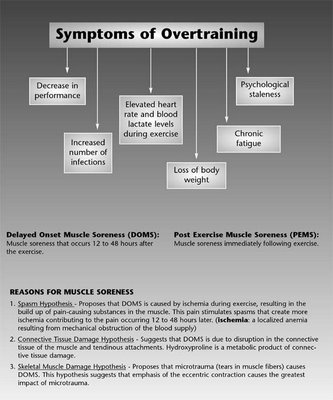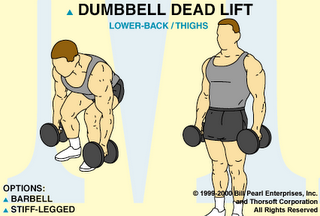
Hey Sam. Recently I started playing soccer for a team here in Los Angeles. There are two practices a week which are a few hours long, and two games which are a couple hours long. But, I'm finding myself really fatigued during the day and having trouble sleeping at night. Also my appetite just hasn't been what it used to be. What's happening to me? --Karen, Eagle Rock
Karen, it sounds like you may be overtraining. Symptoms of overtraining can include loss of appetite, strange or disturbed sleeping patterns, muscle soreness that doesn't seem to go away, and general fatigue.
The best way to minimize the risk of overtraining is to try "cyclical training" procedures, (alternating easy, moderate and hard periods of training). As a general rule, 1 or 2 days of intense training should be followed by an equal number of easy training days.
Some other ways you can avoid overtraining are:
*Varying your training methods.
* Taking advantage of, scientific application of the many therapeutic modalities at your disposal (such as chiropractic, massage, acupuncture, acupressure, yoga, sound therapy, stretching).
*Following sensible, scientific nutritional practices and supplementation.
*Using good lifting techniques.
*Getting proper sleep and rest.
*Taking advantage of various psychological techniques that promote restoration (for example, therapy, meditation, visualization, hypnotherapy, aromatherapy, and sound therapy techniques).
*Avoiding all other stressors in your life that can become problematic to your training efforts (whether environmental, psychological, sociological, biochemical, physiological or anatomical in nature).






